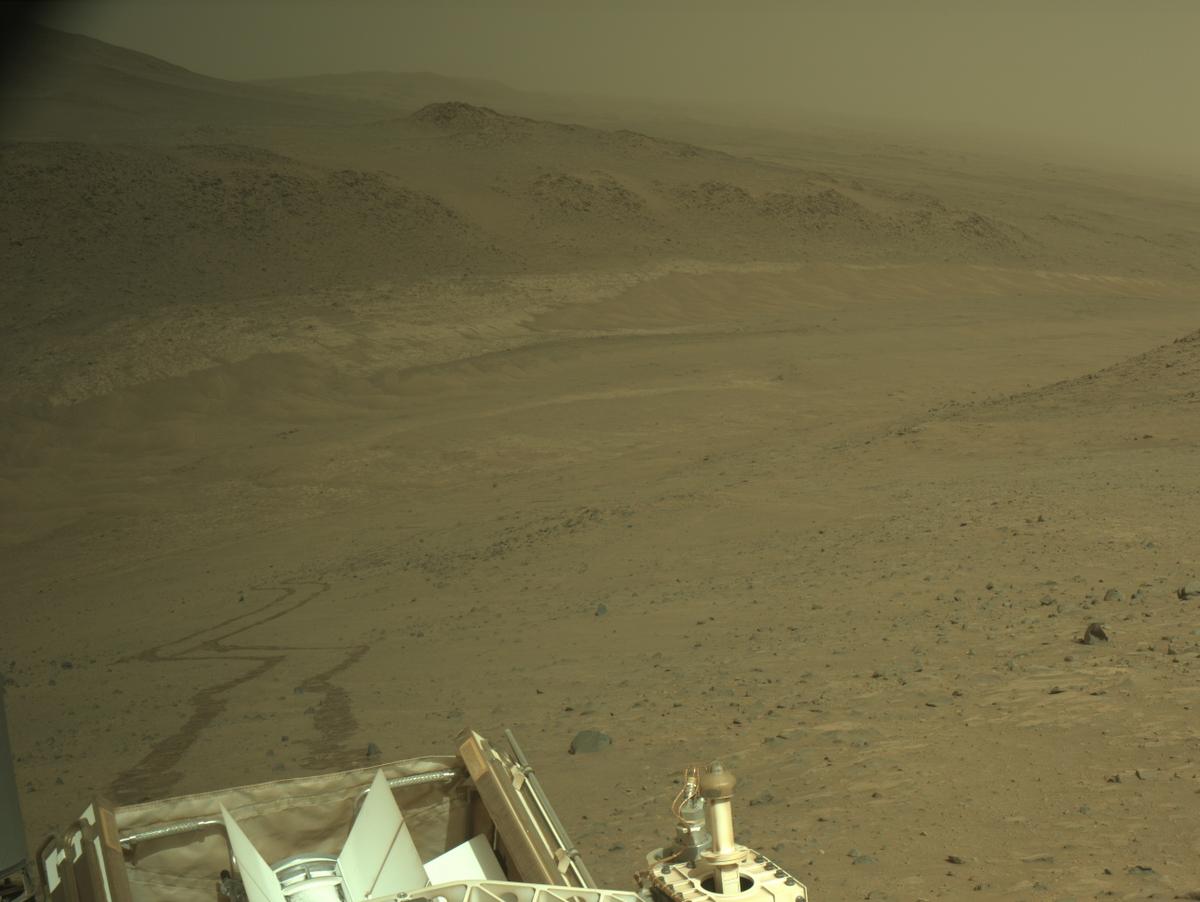
NASA's Perseverance Mars rover has started off on its most ambitious ascent yet — up the rim of Jezero Crater.
Kicking off a new phase of exploration, Perseverance began its trek up the western rim of this crater on Aug. 19, marking the rover's fifth science campaign, called the Crater Rim Campaign. The climb is expected to be steep and challenging, with an approximate 1,000-foot elevation gain by the time Perseverance summits the crater, which is believed to have once harbored a huge lake and a river delta.
"Given its broad scope and the wide diversity of rocks we expect to encounter and sample along the way, it may be the most ambitious campaign the team has attempted so far," NASA officials said in a statement.
Related: Perseverance rover's Mars samples must be brought back to Earth, scientists stress
The rover's four prior campaigns — each of which provide researchers information to prepare for future Mars missions — focused on locations including the Crater Floor, Delta Front, Upper Fan and Margin Unit. The next milestone for the rover is to explore the region between the Margin Unit and the crater's rim. The rubble in this area, called Dox Castle, is believed to have been deposited by the asteroid impact that created Jezero crater almost 4 billion years ago.
What makes the rover's ascent to the crater's rim even more challenging is the lack of orbital images we have of the area. Without that information, the team won't be able to glean warnings of potential roadblocks the rover may encounter. Instead, Perseverance will have to rely on its Mastcam-Z multispectral and SuperCam long-distance imaging tools to identify different geological features in real time as it traverses the crater rim.
"Such imaging has already proved extremely useful in the Neretva Vallis area, where at Alsap Butte we observed rocks that appeared similar to each other in initial imaging, but actually display an Andy-Warhol-esque array of color in multispectral products, indicative of varied mineral signatures," NASA officials said in the statement.

Prior to this Crater Rim Campaign, Perseverance had spent the last two months exploring the Neretva Vallis region of Jezero Crater. There, the rover came across rocks with interesting popcorn-like textures and "leopard spot" patterns.
One of Perseverance's key goals while exploring the Red Planet is to collect samples that may contain signs of ancient microbial life and stash them to be returned to Earth in a future mission referred to as Mars Sample Return. Since landing in Mars's Jezero crater in 2021, the rover has collected 25 samples of Martian rocks, loose surface material and even the planet’s atmosphere — however, Mars Sample Return has reached complications due to budget concerns. NASA is trying to find cheaper ways to go forth with the exciting plan, and we're yet to hear more on that front.
The rover is expected to encounter more sampling opportunities as it continues its trek up the crater's rim, along with light-toned outcrops, which may be similar to those observed at Bright Angel, where an ancient river flowed billions of years ago. Comparing the diverse geological features and material observed at different areas of the crater helps researchers better understand Mars' history.
"The whole Mars 2020 science team is incredibly excited to be embarking on the next phase of Perseverance's adventure, and we expect these results, and the samples we collect along the way, to inform our understanding of not just Jezero itself, but the planet Mars as a whole," NASA officials said in the statement. "We can’t wait to share what we find!"







